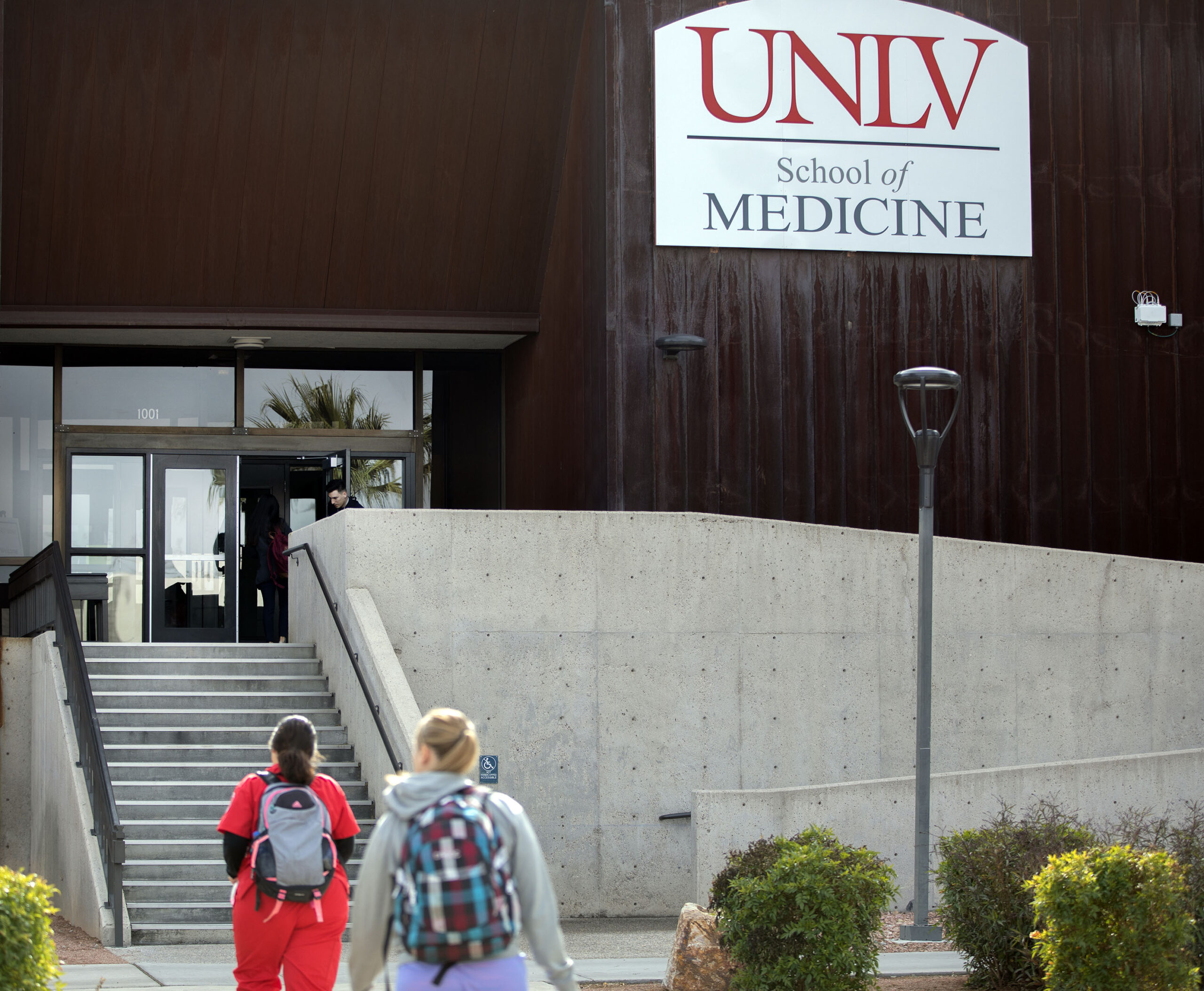We can kickstart Nevada’s medical research future with more laboratory space

Downtown Las Vegas is primed for a revolution in the medical and bioscience industry. The development of the UNLV School of Medicine, the formation of the UNLV Academic Health Center, and the recent addition of fast-growing bioscience startups like Heligenics Inc. are helping to put Las Vegas on the map in medical education and bioscience research.
But before we pop the bubbly to celebrate, a new report, by economic analysis firm WS Nevada, sheds light on how the industry in Southern Nevada is being held back by the lack of available medical and bioscience research lab space. Medical and bioscience research labs are highly specialized facilities leveraged by startups, academic and public entities (such as colleges and universities) to advance scientific understanding and the development of new technologies in the medical, healthcare, and bioscience arena for public and private use. Colorado, Texas, Connecticut and Wisconsin are just a few of the states making significant investments to increase the amount of research laboratory space available, helping to draw in new investment and boost their homegrown bioscience industries.
Where does Nevada fit into all of this? According to the Biotechnology Innovation Organization (BIO), a trade group, between 2016 and 2018 bioscience research and development in Nevada grew by 32.1 percent. It is a remarkable number, second only to Utah in percentage of growth. But—and there is always a but—the total number of bioscience establishments in Nevada, which includes laboratories, still accounts for less than 1 percent of the U.S. total – behind 60 percent of states and territories in the country.
That was not the only metric in which Nevada was lagging. Eighty percent of states and territories have more bioscience industries and occupations within their metropolitan areas, invest more in academic bioscience research and development, and receive more federal funding as measured in National Institute of Health (NIH) awards for bioscience research. The numbers are not any better when we focus regionally. Arizona, Colorado, Oregon, New Mexico and Utah all have more bioscience facilities, employ more people in the industry, and, with the exception of New Mexico, have more venture capital investment.
Investment by lawmakers, public institutions and private sector partners in the medical and bioscience laboratory space have a proven track record of returns for investors, will help Nevada close the competitive gap with the rest of the country, and will alleviate the increasing demand for laboratory space. Consulting firm Global Market Insights estimates that the need for clinical laboratory space is expected to grow 30 percent over the next five years. Growth in the bioscience industry during a two year period (2016-2018, the latest years data is available) increased by 7.2 percent, twice the amount of the private sector. Not to mention, wages in the bioscience industry are 85 percent greater than the average wage in the private sector, according to BIO and Northwestern University.
We don’t have to look far for next steps. WS Nevada’s report included two case studies: one in Temple, Texas, and the other in Aurora, Colorado, both of which invested public dollars in expanding bioscience laboratory space. Over a decade ago, the City of Temple brought together public and private partners to retrofit old buildings for medical office and laboratory space, renaming the area The Temple Health and Bioscience District. Today the laboratory space is used by startups, researchers and scholars at the nearby medical school, regional medical center and veteran’s hospital. The city’s initial investment of roughly $1 million dollars has paid off in $2.8 billion in new investment and 1,500 new high-wage jobs.
Southern Nevada can and should lead in the health and bioscience industry. Nevada has seen a 60 percent increase in NIH awards to researchers and institutions since 2014. UNLV and UNR are both Carnegie Tier 1 research universities, partly because of the investments already made in medical and bioscience research. We have strong existing infrastructure in bioscience related distribution channels and have seen significant growth over the last five years in drug, pharmaceutical and medical device companies relocating to Las Vegas. There has also been a revitalization of the Charleston corridor around the Medical District with new bioscience startups, research institutions and all the positive attributes that come with it — housing, restaurants, green space and shopping. The community there is stronger as a result.
All of us have a stake in the economic success of our state. We should use this moment as we begin to see the light at the end of the tunnel in the coronavirus pandemic to look inward at what we can do to build a more resilient Nevada. While not as headline-grabbing as some other proposed economic development projects, investments in medical research laboratory space have a proven track record of helping communities succeed by growing and diversifying local economies through attracting industries that bring highly skilled and great paying jobs. Nevada can’t wait another 10 years to have this conversation.
This column was written by Las Vegas City Councilman for Ward 1, Brian Knudsen, and WS Nevada Founder and CEO, Andrew Woods.

